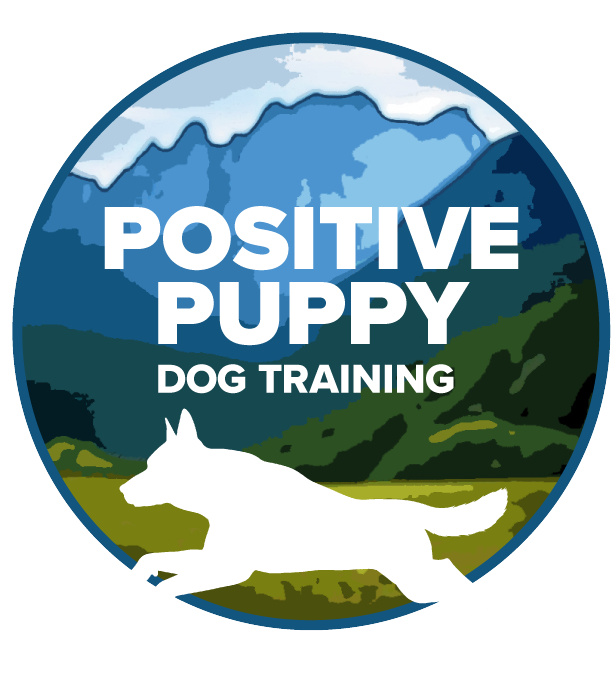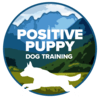Leash Training Puppies
Teaching puppies about a leash is critically important since puppies don’t come with the command “come” pre-programmed in their heads. Letting a young puppy run free can be life threatening particularly because of their size and the fact that we have some very serious wildlife predators throughout the valley. Some of those predators are overhead, such as eagles and owls whose strength allows them to pick up almost any puppy with great ease.
How we start a puppy on a leash is critical because it is a skill you will imprint for the rest of the puppy’s life. Many people might reply with the belief that their puppy will never need to be on a leash in this valley because it is so dog friendly. If you travel and need to stop at a rest area, a car may hit a free running dog. If you go to the veterinarian, and your dog is not on a leash, she may run into a very sick dog that will not be kind to an over-friendly dog. One reason many people don’t think about is that if a puppy or dog jumps on someone that has a hidden disability, they can be easily knocked over and injured leaving you responsible! The list of reasons to have a nicely trained dog is as long as my arm.
What is incredibly simple is how to start that leash training so you can keep your pup safe in those first few weeks until you have trained a reliable “come” command. Before you bring your puppy or your older rescue home, go out and buy a 30 to 50 foot cotton long line, not a retractable leash. The smaller the breed, the shorter the long line can be – maybe 20 feet long. You can buy several long lines in different sizes to accommodate your needs as your puppy grows. Long lines are very easy to find in local pet stores. Yes, you can make your own long line with a snap on one end, but I do like the cotton training leashes because of their weight, how easy they are to clean, and that they don’t slip through your hand like a nylon leash will.
When you use a long line, hold onto the handle. Don’t try to keep rolling it up in your hand to keep it off the ground. Be VERY CAREFUL not to get tangled in the line! Let your dog or puppy sniff, play, or go potty. When she gets to the end of the long line, call her back and reward her. Then, tell her to go play again. This very simple technique will give her lots of freedom to run and play, start teaching her about “come,” and learn about her environment in a safe manner and under your control. It also teaches her that being on a leash is not a bad thing or something to pull on.
With very young puppies, this becomes a great outing just to walk around the yard. Best of all, the puppy never learns to pull on the leash.
When it is time to teach your pup to walk on a short leash, it can still be done using a long line. That, however, is another article!
The long line can prevent your dog or pup from learning how to pull on the leash in a very positive and non-adversarial way! Enjoy those precious puppy moments of exploration in a safe and educational way!
Caption: A long line can be so much easier and safer in the teaching process for you and the dog!

